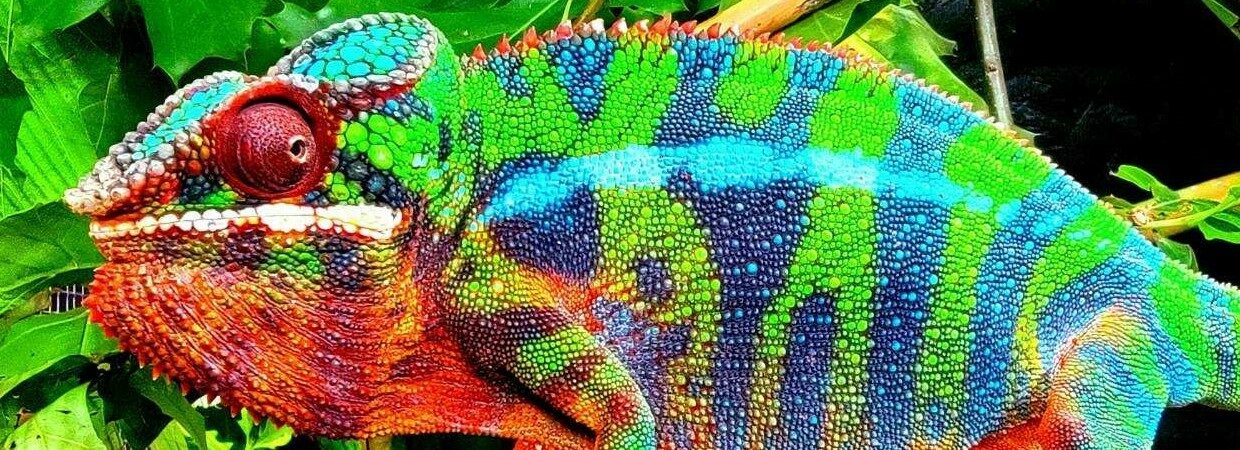Common Name: feather-tail centipede, blue ring centipede, stone centipede, earth centipede, Galápagos centipede, Aquatic centipede, house centipede, Peruvian giant yellow-leg centipede, giant red-headed centipede, red-headed centipede, giant Sonoran centipede, and Vietnamese centipede.
Scientific Name: Chilopoda
Size: The smallest centipedes grow to no longer than 0.4 inches (1 centimeter) long, while the longest may reach over 12 inches (30 cm) long. The largest centipedes have been known to eat small mammals, frogs and even birds. Fully grown millipedes range from about 0.12 inches (0.32 cm) to around 10.5 inches (27 cm) long.
Diet: Centipedes will thrive on a diet of crickets, roaches and earthworms. Wild-caught insects may be offered to help balance the diet. They will also accept canned grasshoppers and snails via tongs but be extremely careful when feeding in this manner. They eat insects and pests, whether they are alive or dead. They also eat some plants and vegetables to survive.
Life Span: Provided that they can escape from predators and that their surroundings are conducive to survival, centipedes can live as long as six years. Among arthropods, this lifespan is considered longer than many.
Lighting: Their eyes are very sensitive to light, so more than likely they will find a place to hide during the day.
Temperature: Most centipedes can be kept at a safe temperature of roughly 80 degrees or higher.
Humidity: Centipedes need a humid environment of roughly 75%-85% humidity. You can use a heating pad, night bulbs or ceramic heaters to make sure their habitat is warm enough.
Enclosure: Tank size depends on the size of the centipede. Adult Amazonian giant centipedes should be kept in at least a ten-gallon tank. Adult Vietnamese giant centipedes need at least a five-gallon tank. Most other centipedes can be kept in a two-and-a-half-gallon.
Level of Care: Centipedes are fascinating pets for advanced hobbyists. However, they are not pets to be handled, rather they are visual pets enjoyed for their interesting appearance and behaviors.
Cost of Care: Centipedes can range in price from $40-$200 and then expect to spend an extra $25-$40 a month in feeding and maintenance. They don’t need a very big space just lots of places to hide.
Does a Bite Hurt: Centipedes are carnivorous and venomous. They sting and eat their prey, which typically consists of insects and worms. They’re not aggressive towards humans but may bite you if you provoke them. Centipede bites can be very painful to people.
Misting: Centipedes need humidity, so their soil should be damp. Keep decaying wood, leaves, compost, or other organic material in the terrarium. Mist the habitat with room-temperature, conditioned water; if mold becomes a problem, mist less or increase the ventilation. Other than a humid environment, centipedes need little care.
How to Tell if Your Centipede is Happy: Proper care of your centipede will provide mutual safety and may potentially extend the life of your specimen.
Breeding: Centipedes reproduce by laying eggs, usually in the soil. There are many different kinds (species) of centipedes. In some species the mother just leaves the eggs where they are laid. In other species the mother stays and protects the eggs.
Veterinary Checkup: Check in with your vet to see what they recommend for the exact species of centipede that you have. If you are bitten by your centipede consult your doctor.
Please Do Research on the Exact Species of Centipede Before You Purchase.

